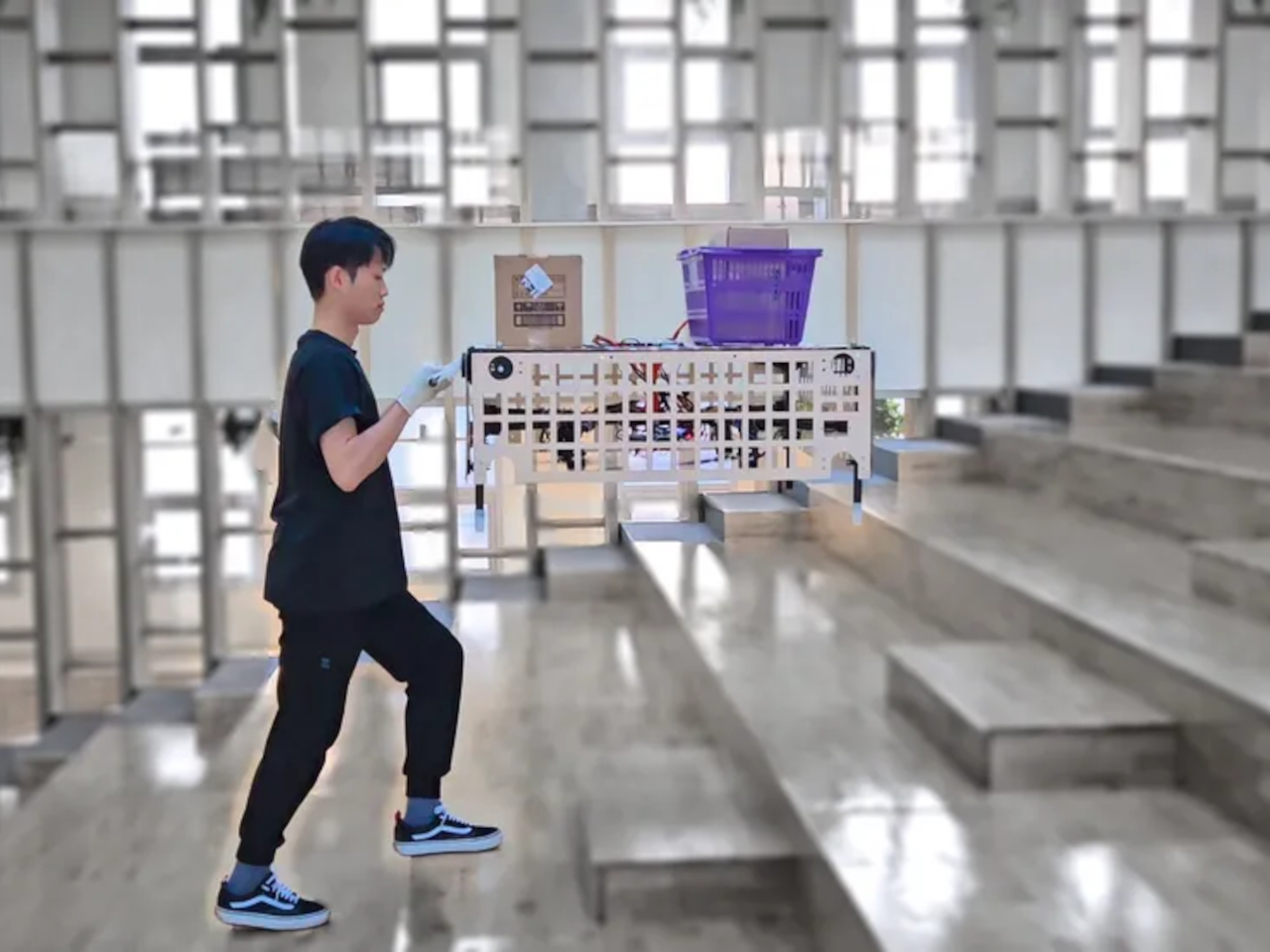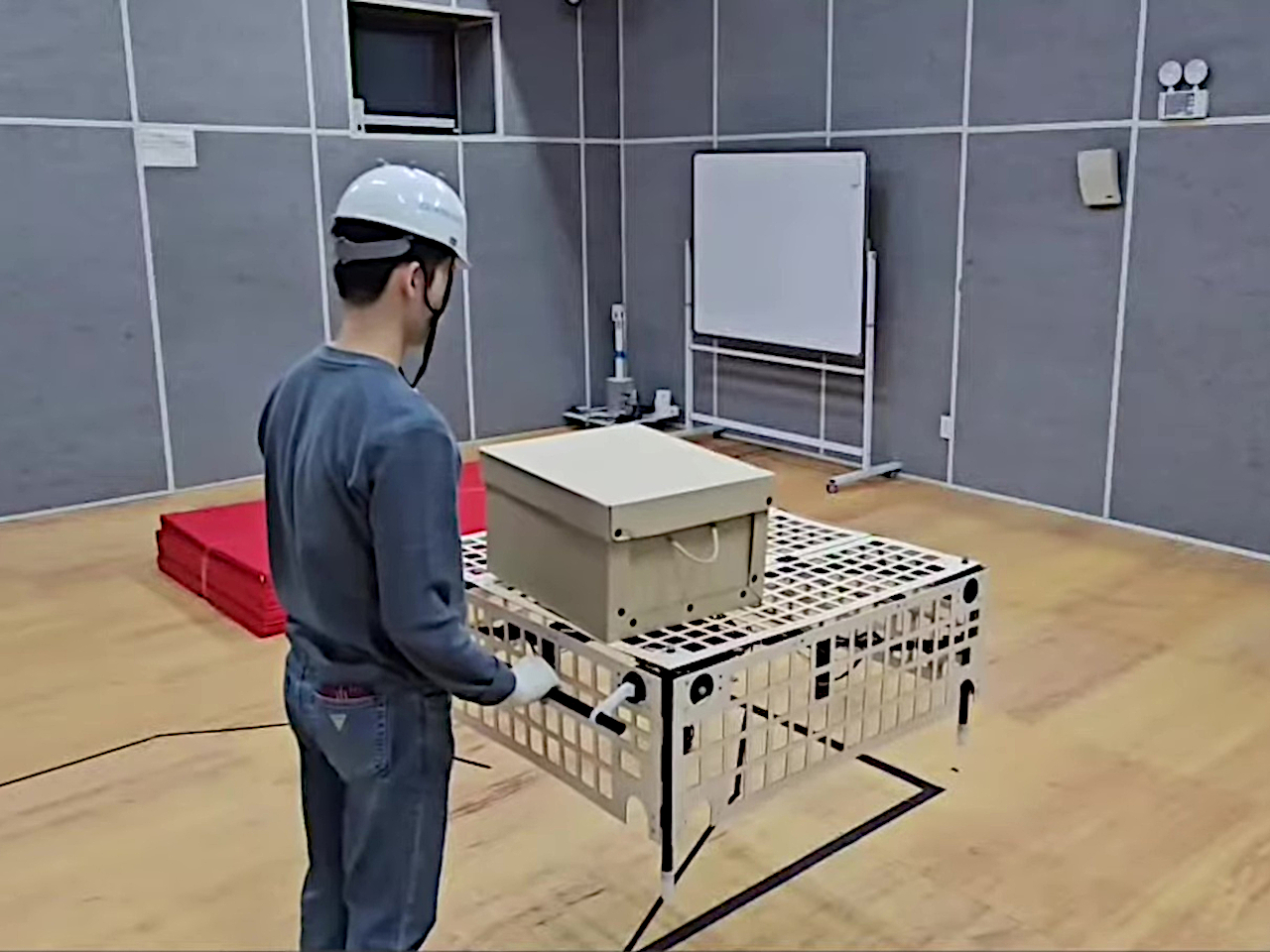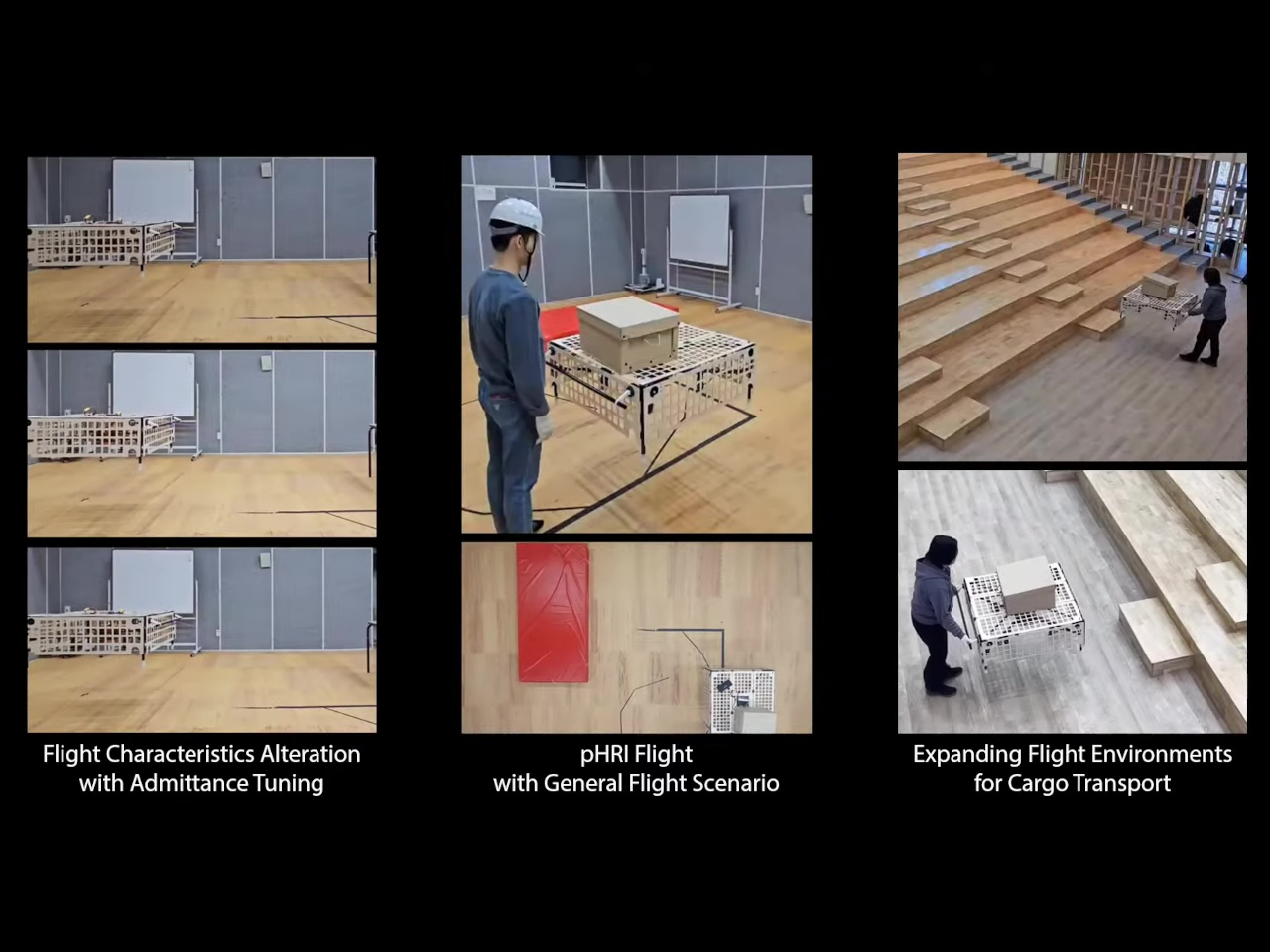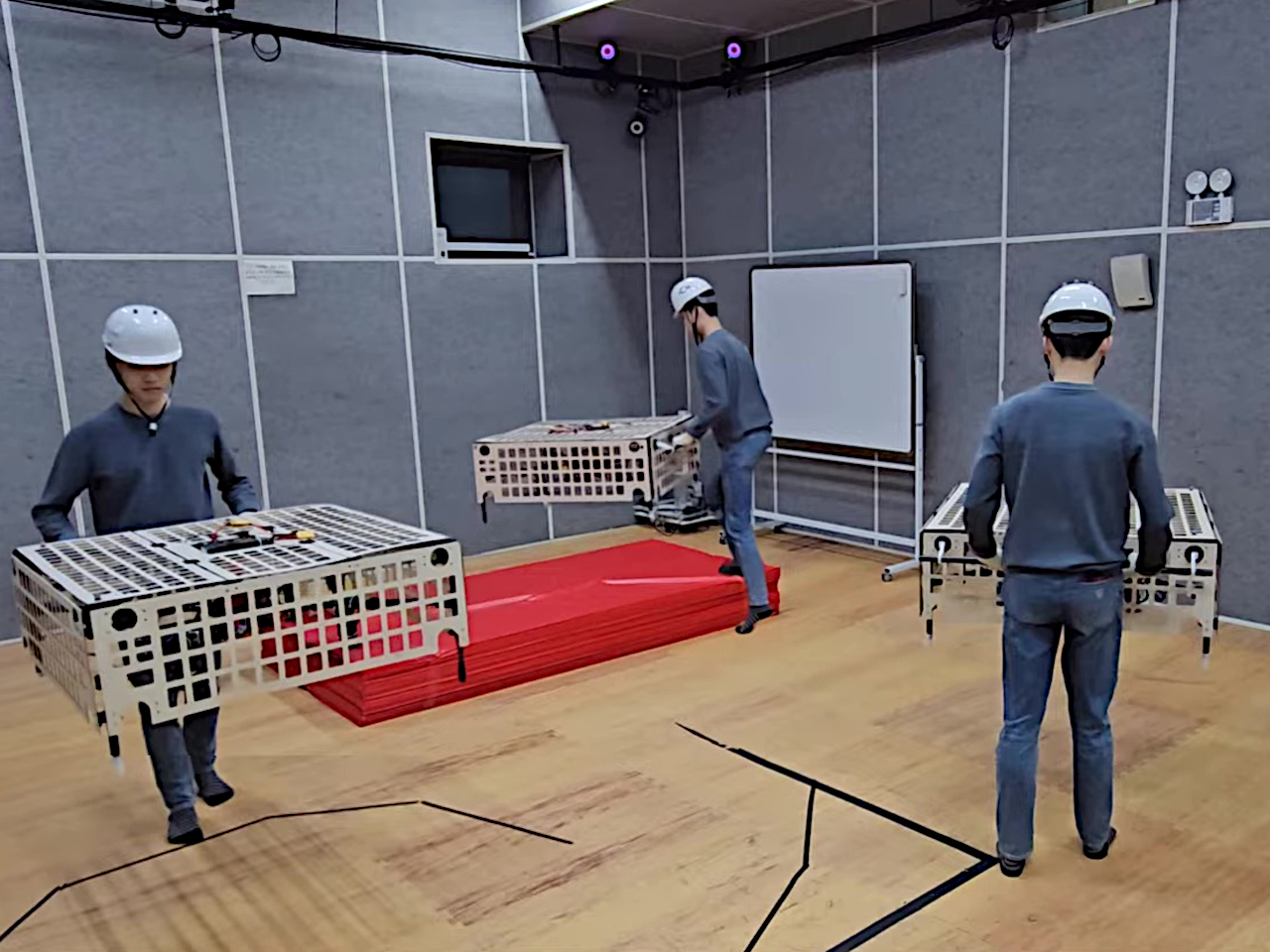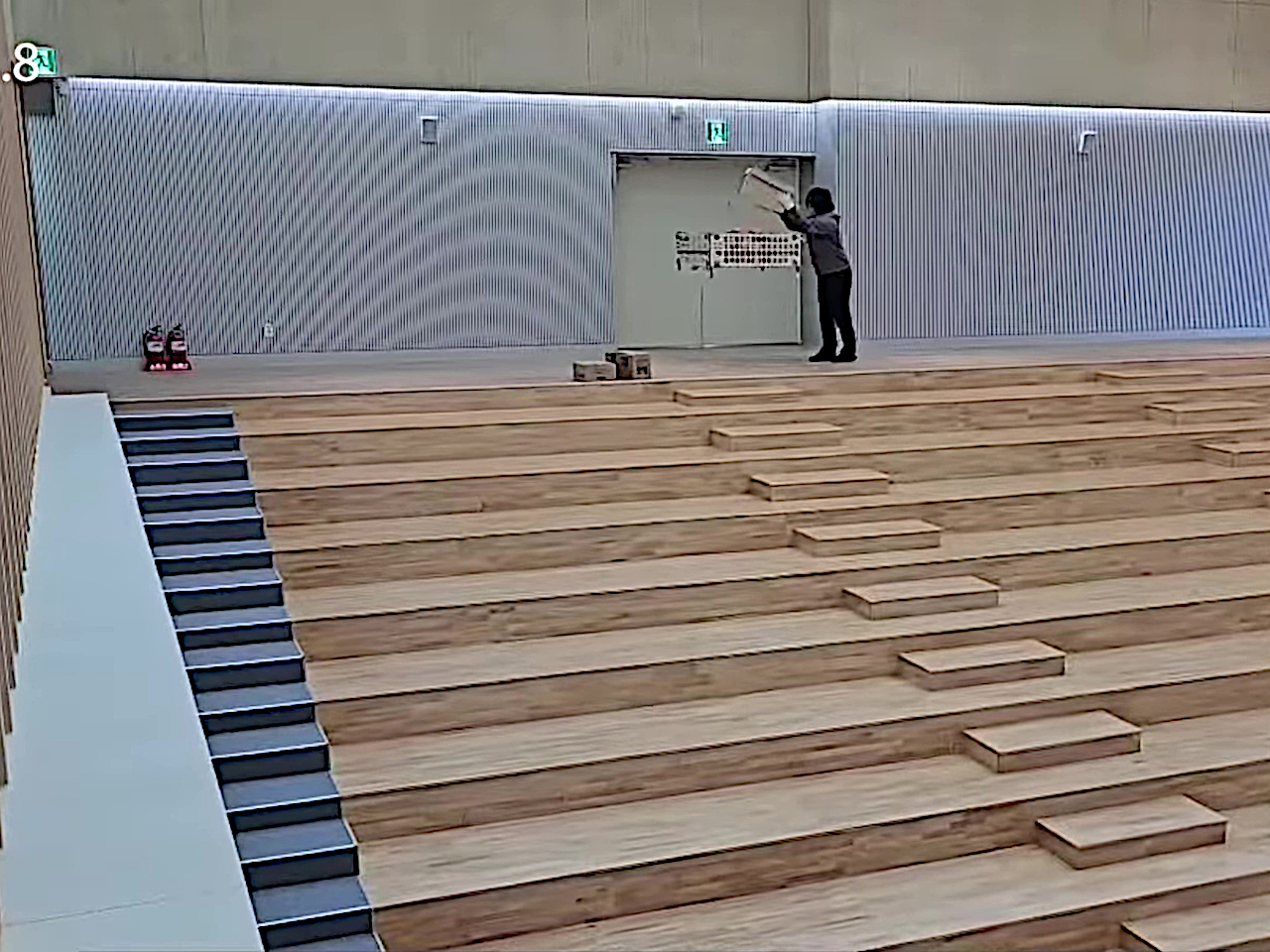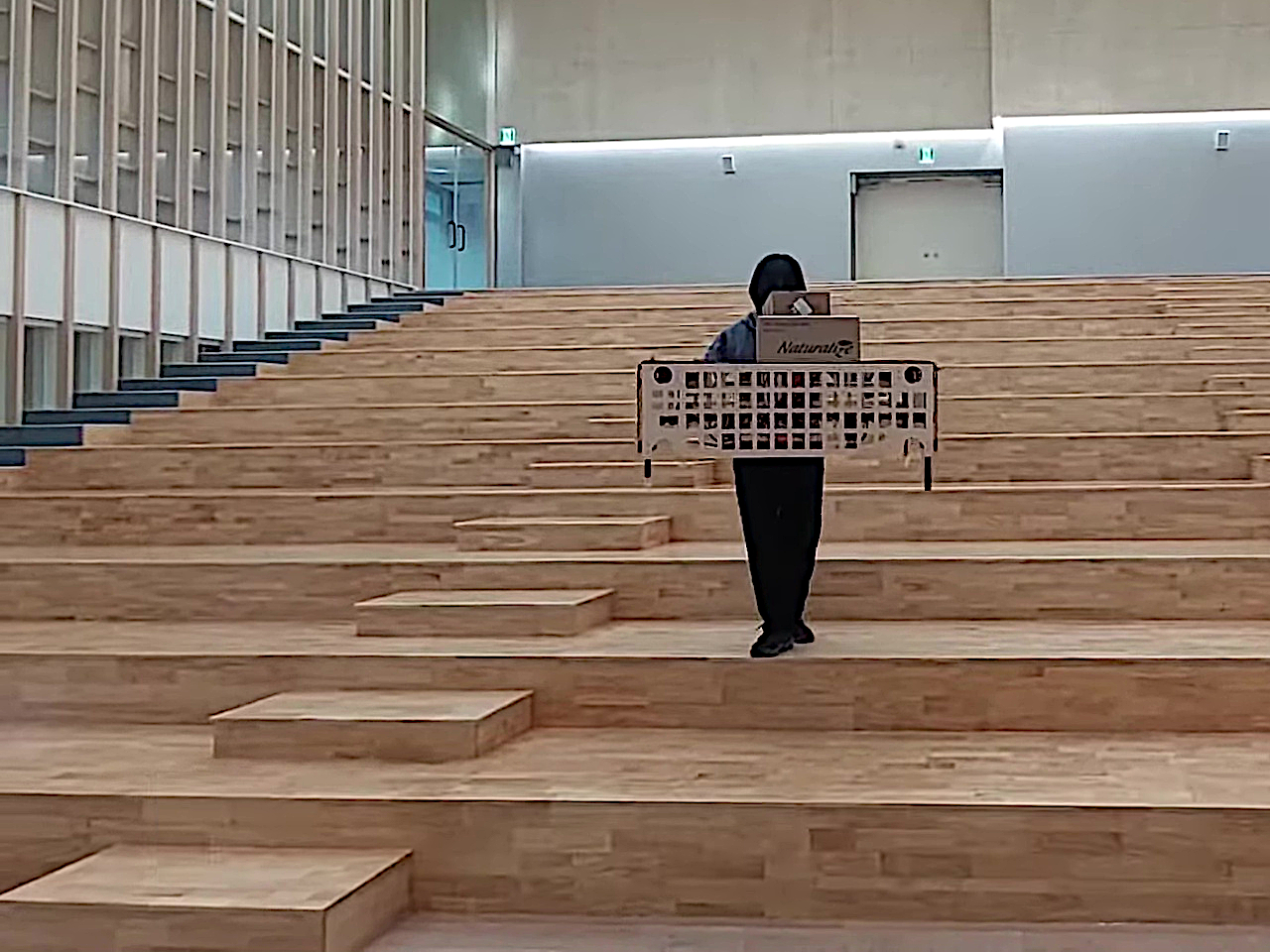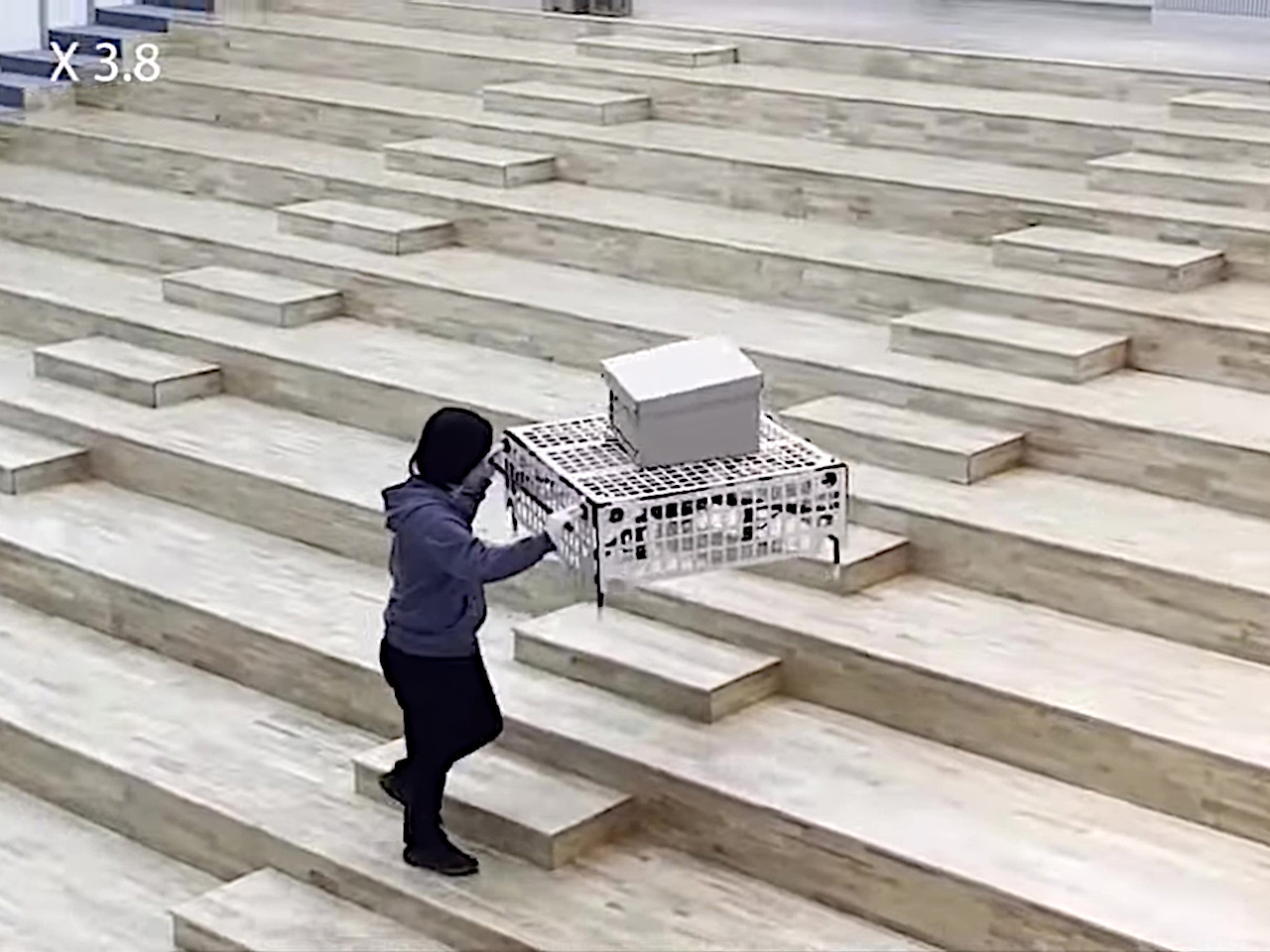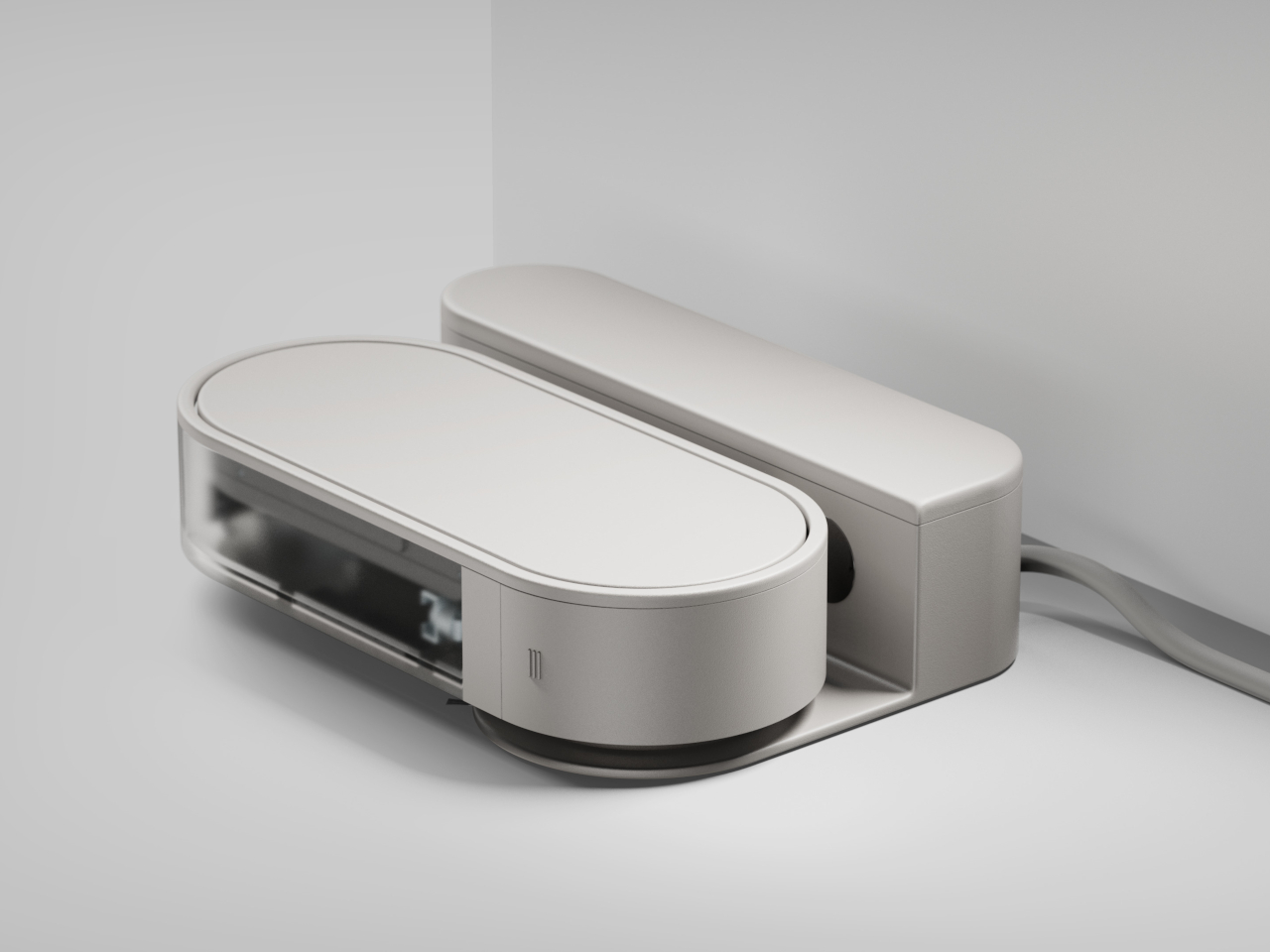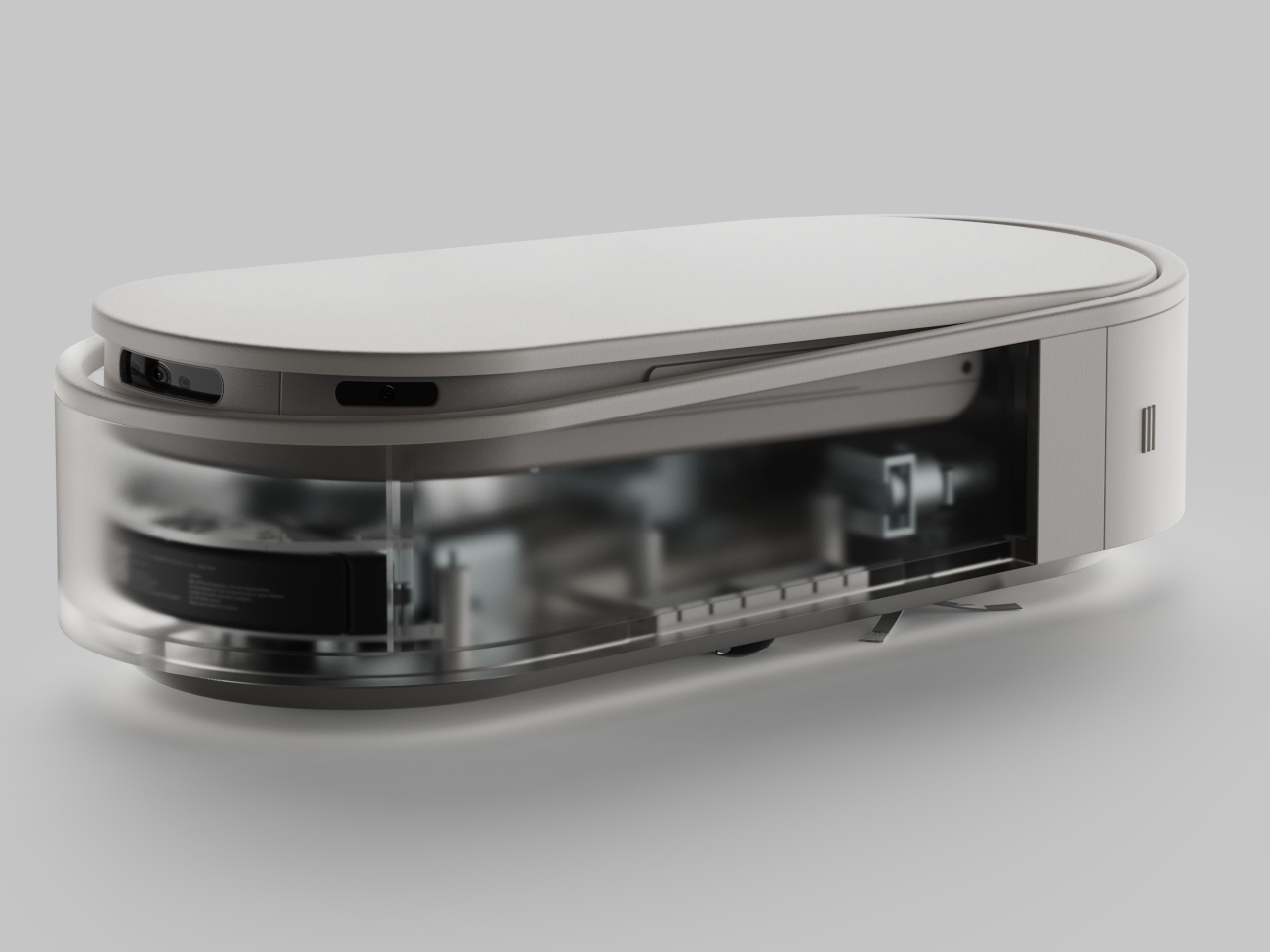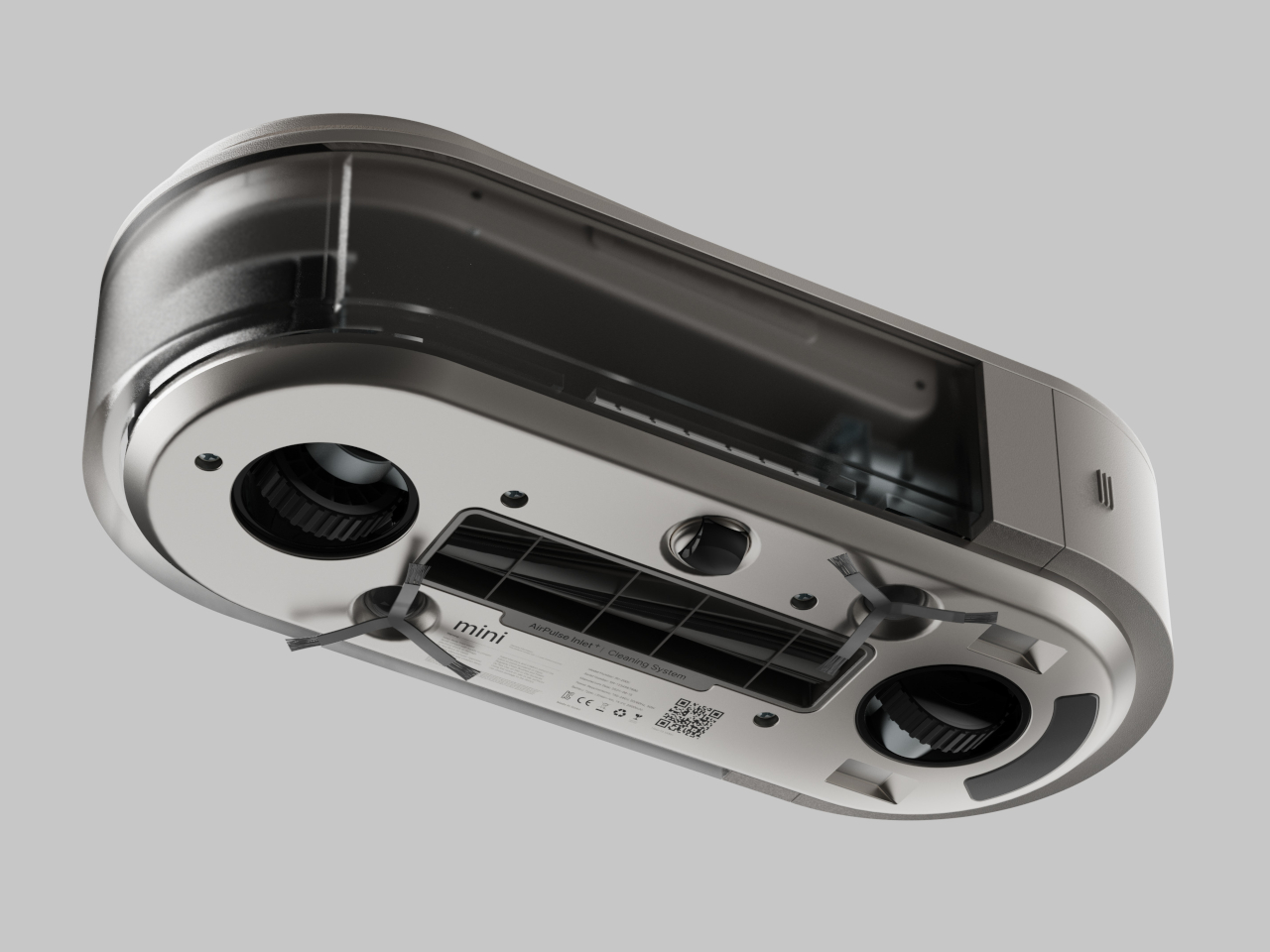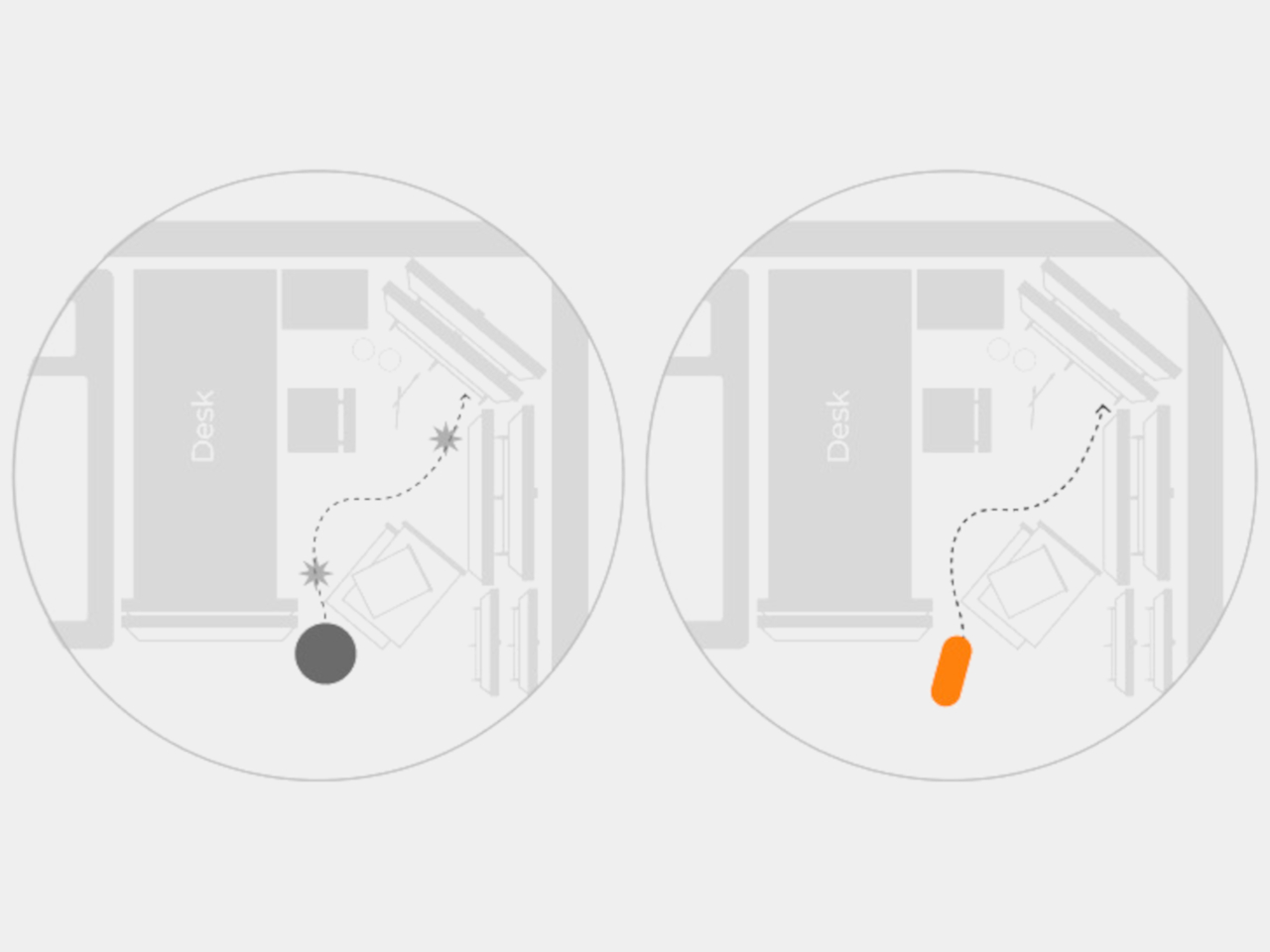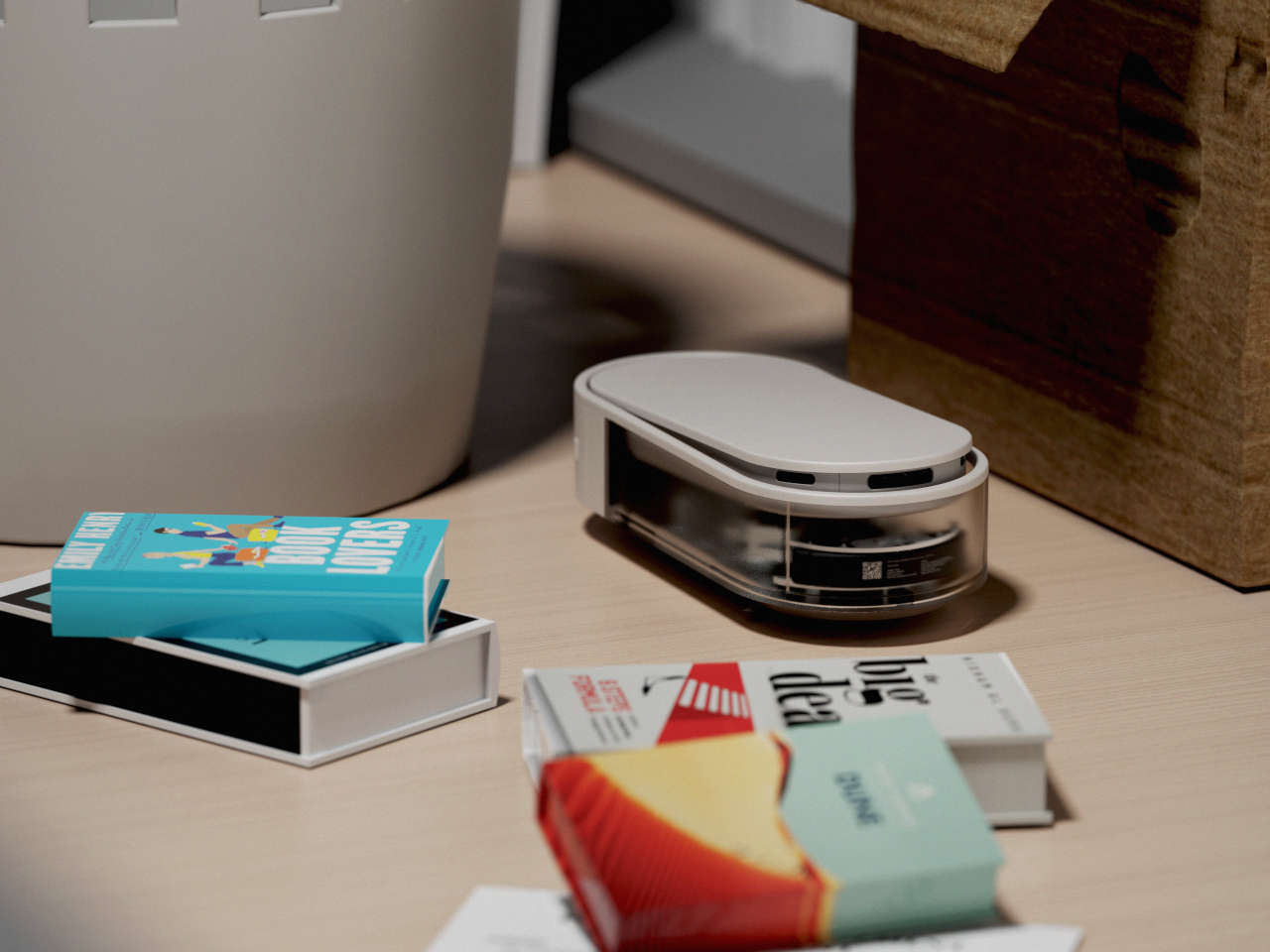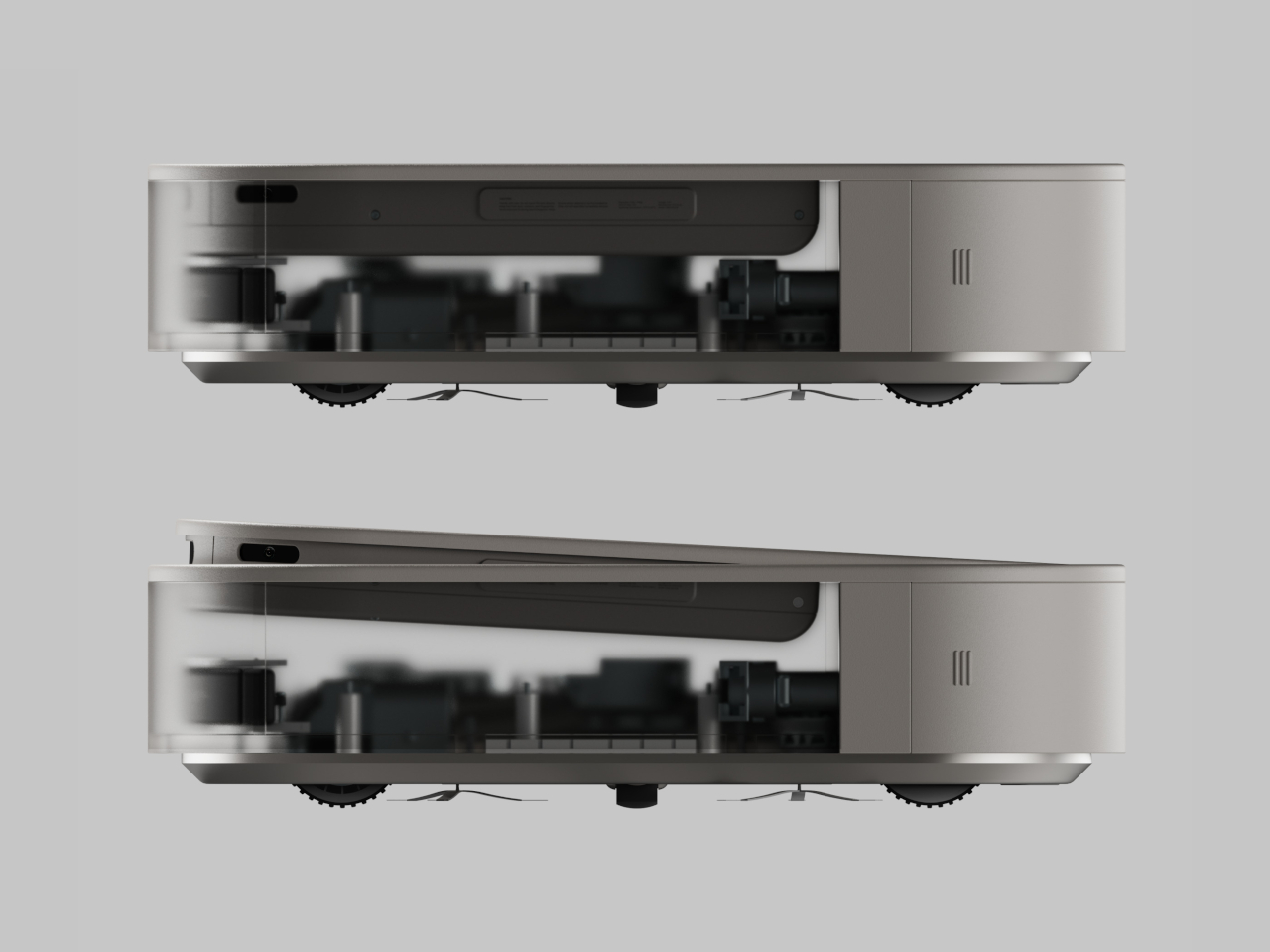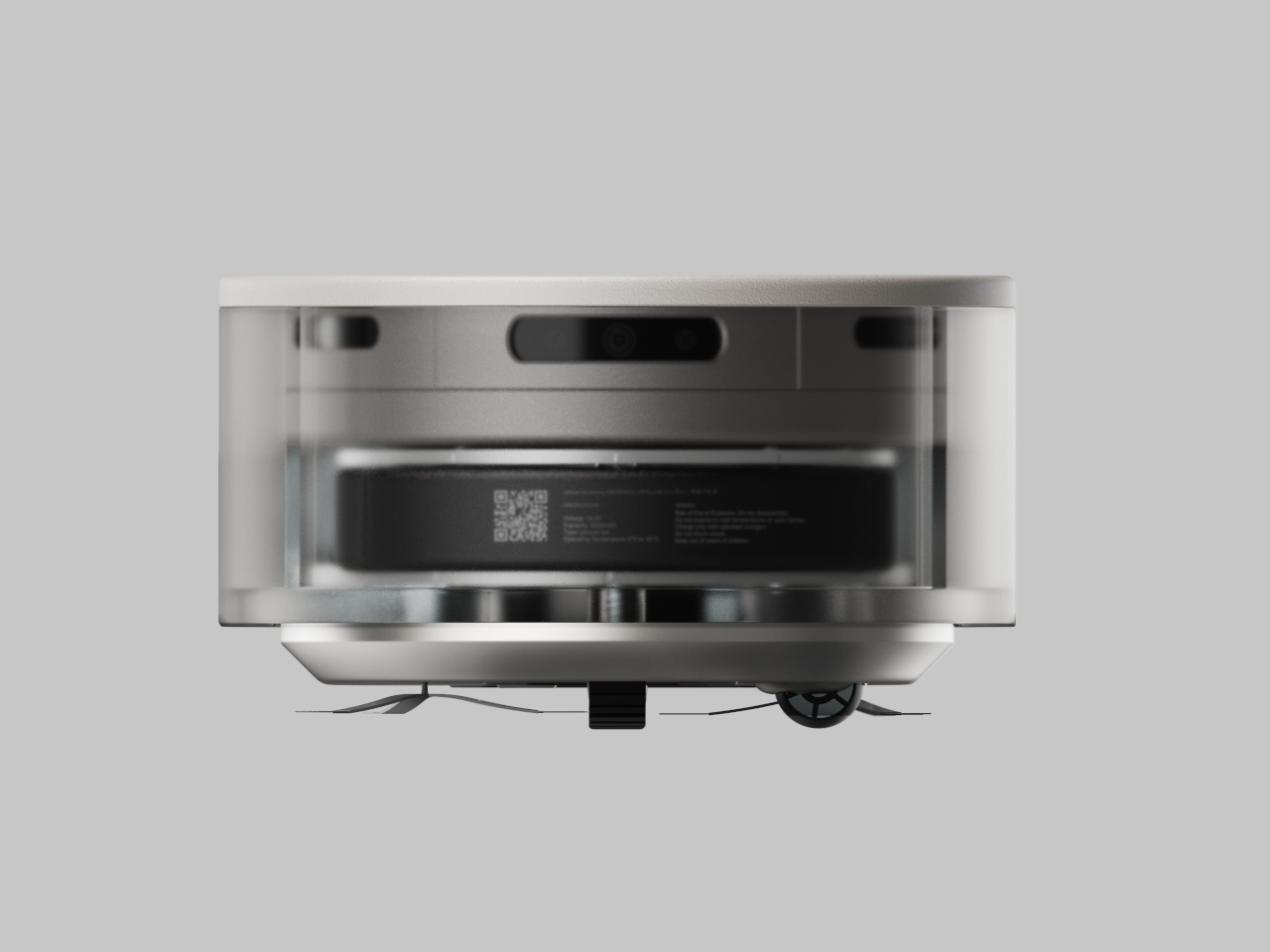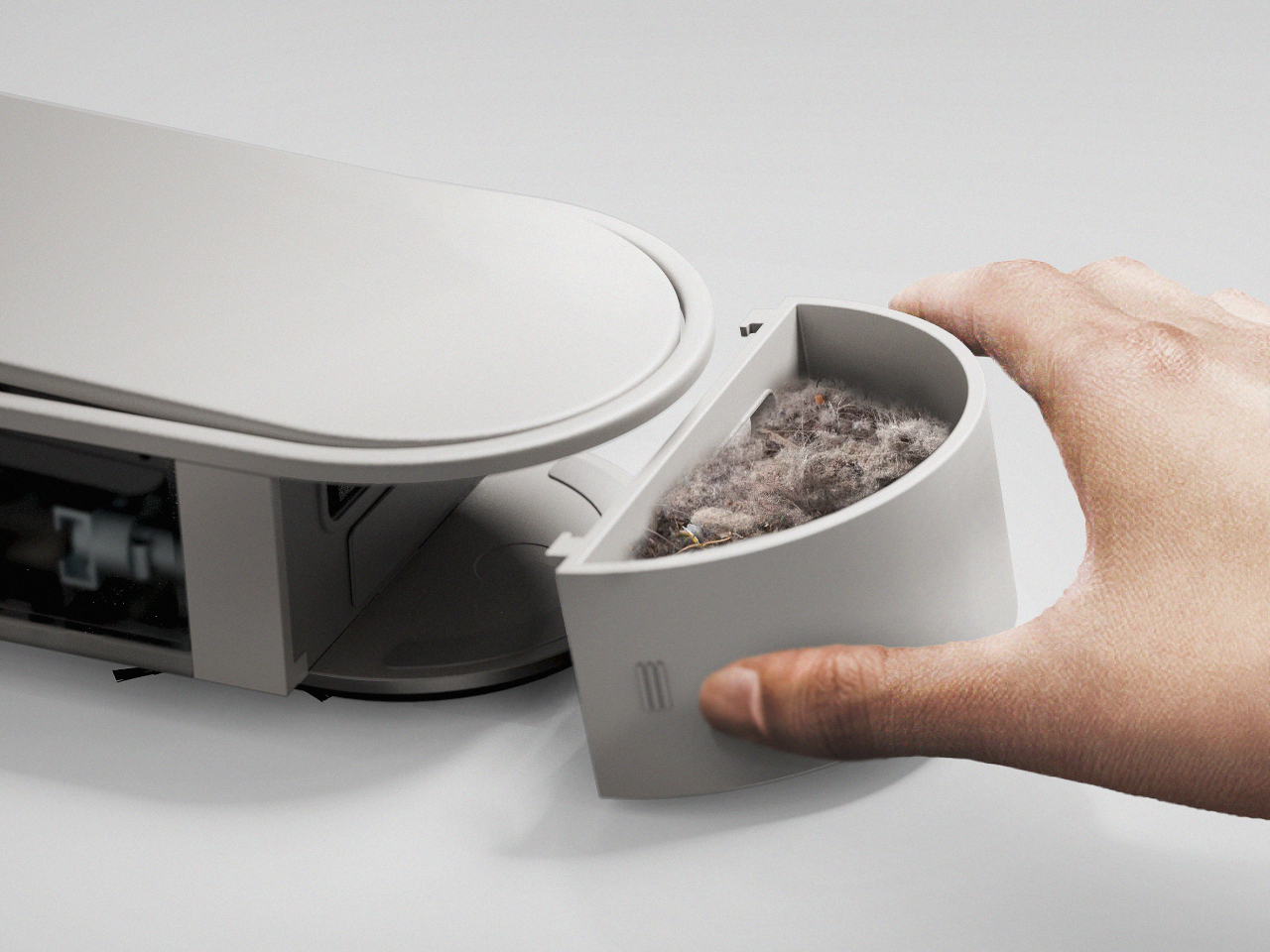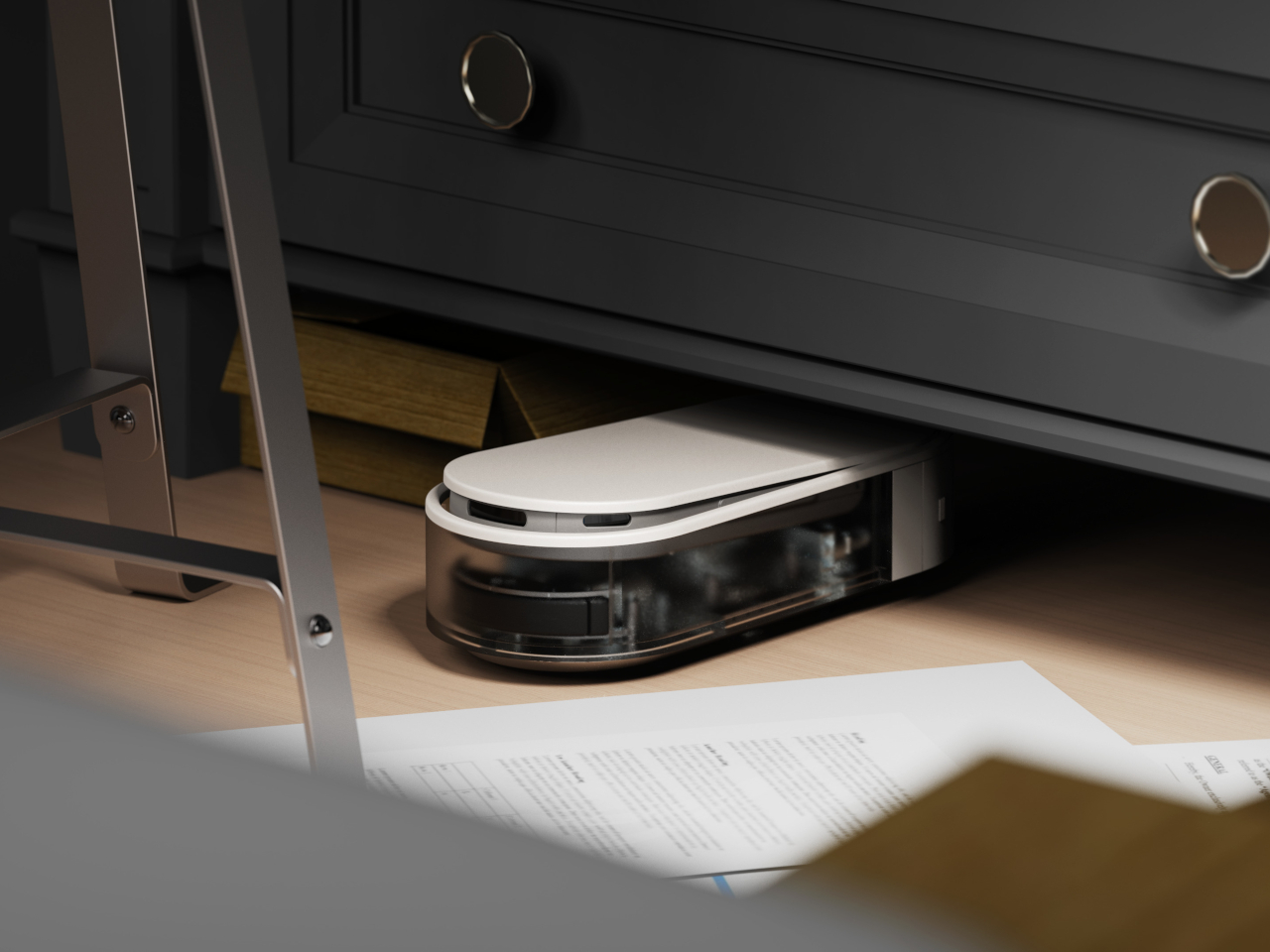
Four years ago, a father-son duo won the Grand Prize in the global LEGO competition Music To Our Ears! for their LEGO rendition of the Daft Punk Pyramid Stage from Coachella 2006. Although the MOC (My Own Creation) won the award, it wasn’t selected by LEGO’s internal team to be turned into a box set. However, the duo responsible for the design are hoping to Get Lucky by submitting this entry One More Time, and they’re banking on support from Around The World to help turn this one-off piece into a set that LEGO and music enthusiasts can buy and play with!
Designer: Robotrock

Not many people knew that Daft Punk’s 2006 Coachella set would be the last time they headlined the event. When the duo took the iconic pyramid-shaped stage back in 2006, they set what’s still considered a gold standard in Coachella performances – something that even nearly 2 decades later is difficult to match. However, being the elusive robots they are, Daft Punk never really decided to pull off such a feat again, and they disbanded in 2021, after 28 years together. The Coachella Pyramid is an iconic part of music history, and Robotrock – the moniker behind the LEGO set – did full justice to it with their 2,000-brick recreation of this moment.

The set features the two artists on a colorful pyramid-shaped stage, with lights inside the pyramid glowing as the duo performed music. The two artists are perched on their platform, dressed in their robot-shaped garb, while working on the mysterious electronic console that helps them produce, remix, and perform their music.

“This project began in 2020 as a fun father-son collaboration, growing into something epic as we found ourselves needing a creative escape during lockdown,” says Robotrock. “Both huge Daft Punk fans, this build is a fusion of 2 passions. I spent my teenage years listening to Homework on my Walkman, while my son’s 1st favorite baby song was Get Lucky. It felt only natural to blend our love for Daft Punk’s music with our love for LEGO. My then 8-year-old son started with a prototype built from the bricks we had at home, and I expanded on it digitally.”


The centerpiece of the design—a rotating box of transparent bricks inside a pyramid—is powered by a motor, with a set of lights dangling inside to recreate that iconic Daft Punk Alive 2007 pyramid. This 2000-piece set was a real challenge. Lego bricks aren’t typically used to create triangular shapes, so we had to get creative in finding ways to make all those angles fit together.

LEGO builders are very meticulous, and abide by a strict code of conduct to ensure bricks aren’t used in ‘illegal’ ways to create MOCs or My Own Creations. Here, Robotrock points out that LEGO doesn’t have an official Daft Punk retail set, which means the helmets being shown in the MOC can’t be bought off the shelf. Although this would mean they’re an ‘illegal’ creation, Robotrock points out that there’s a technical legality in their design since Pharrell’s upcoming LEGO biopic, Piece By Piece, features LEGO minifigures of Daft Punk too!

The LEGO Ideas Daft Punk Coachella Pyramid is currently a submission on the LEGO Ideas forum, where fans and enthusiasts can vote for their favorite fan-made LEGO creations. With enough votes, the LEGO Ideas team reviews the design and decides whether to turn it into a retail box set or not. As a massive Daft Punk fan myself, I sincerely hope they do! You too can vote for the LEGO Ideas Daft Punk Coachella Pyramid on the LEGO Ideas website here.

The post Daft Punk’s Iconic Coachella Pyramid Stage gets turned into a 2000-piece LEGO set first appeared on Yanko Design.








